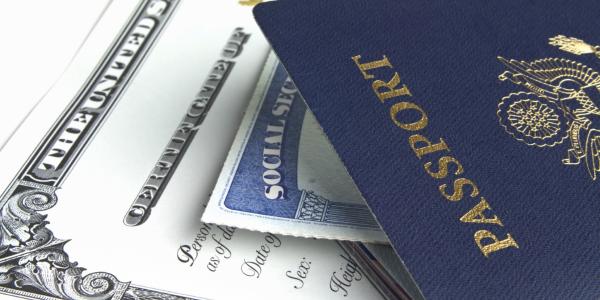The Washington State Department of Licensing (DOL) uses facial recognition technology to make sure each person has only one driver license or ID card. Our goal is to maintain the integrity of driver licenses and ID cards while protecting your personal information.
Why does DOL use facial recognition?
We use facial recognition technology to ensure each applicant does not have another driver license or ID issued under a different identity. State law authorizes the use of facial recognition for a standard driver license or ID card and requires a biometric matching system for enhanced driver licenses and ID cards.
How does the facial recognition system work?
Using a driver license or ID card photo, our facial recognition software creates a digital template of facial features such as eye sockets, cheekbones, sides of the mouth, etc.
The system compares this template with all the photos in our database to determine if someone is attempting to apply for a license using another person’s identity or an alias. If a potential match is found, it is flagged for review by our specially trained staff who have experience in unconscious bias training.
What happens if DOL finds a match?
- We review if the match is the result of an administrative issue, such as a name change or a person having a twin.
- If needed, we conduct a multi-tier investigation (reviewed by a supervisor and peers) to determine if someone may have violated state law. For example:
- Acquiring someone else’s identity for financial gain
- Creating an alias to avoid a license suspension
- If we determine the person has violated state law, they will be notified and given due process.
- Depending on the violation, actions may include license suspension up to 364 days.
- Cases involving 3 or more victims and a financial loss of more than $5,000 are referred to the Washington State Patrol Criminal Investigations Division.
Data privacy facts
- We do not provide access to our facial recognition database to any outside entity.
- Per state law, facial recognition results are not available for public inspection and may only be released under specific circumstances.




